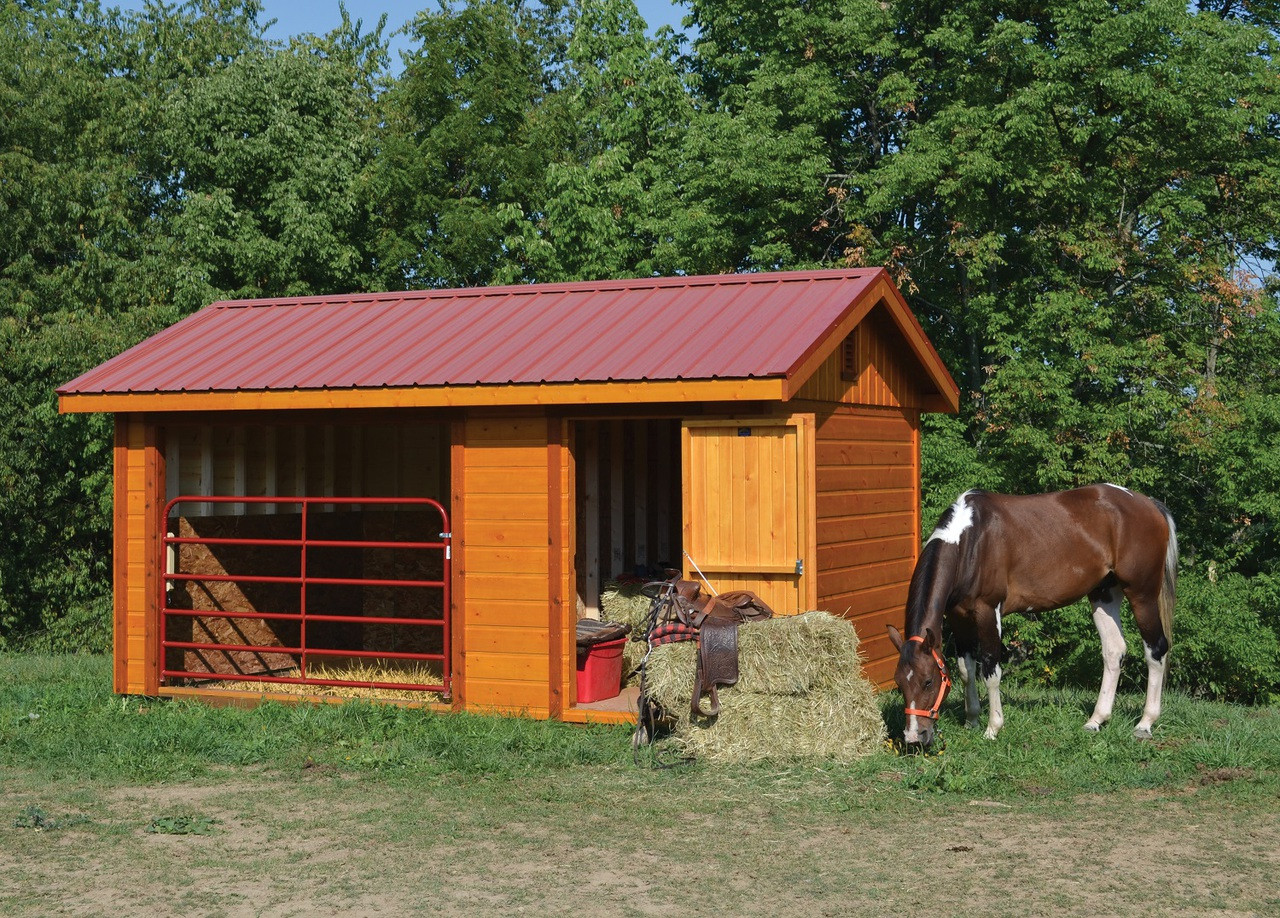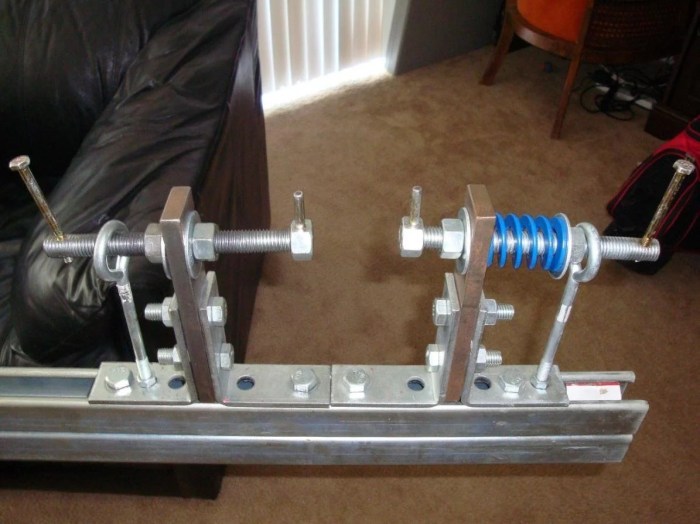How to build stable – Embark on a journey to construct a stable that not only provides shelter but also ensures the well-being of your animals. From planning and design to ventilation and safety, this comprehensive guide will equip you with the knowledge and techniques to create a stable that meets your specific needs and provides a comfortable and secure environment for your livestock.
Planning and Design

A well-designed stable is essential for the health and well-being of your animals. It should provide a safe, comfortable, and healthy environment for them to live in.
When planning your stable, there are several factors to consider, including the number and type of animals you will be housing, the climate in your area, and the amount of space you have available. It is also important to choose the right location for your stable, as this will affect the ventilation and drainage.
Once you have considered these factors, you can begin to design your stable. The first step is to create a floor plan. This will help you to determine the size and layout of your stable, as well as the placement of stalls, feed bunks, and other equipment.
When choosing materials for your stable, it is important to select those that are durable and easy to clean. Concrete is a good choice for the floor, as it is strong and non-porous. Wood is a good choice for the walls and ceiling, as it is breathable and insulating.
Construction Techniques
Once you have designed your stable, you can begin to construct it. The first step is to build the foundation. This can be done by pouring a concrete slab or by laying down a layer of gravel and compacting it.
Once the foundation is in place, you can begin to build the walls. There are several different types of walls that you can choose from, including wood frame, concrete block, and metal. Each type of wall has its own advantages and disadvantages, so it is important to choose the one that is best suited for your needs.
Once the walls are up, you can begin to install the roof. The roof should be strong and weather-resistant. There are several different types of roofing materials that you can choose from, including asphalt shingles, metal roofing, and tile roofing.
Ventilation and Lighting

Proper ventilation is essential for a healthy stable. It helps to remove moisture and harmful gases from the air, and it also helps to keep the stable cool in the summer and warm in the winter.
There are several different ways to create a natural ventilation system in your stable. One way is to install windows or vents in the walls. Another way is to install a ridge vent in the roof. A ridge vent is a continuous opening along the peak of the roof that allows air to escape.
Artificial lighting is also important in a stable. It can be used to provide light for working and grooming, and it can also be used to simulate natural daylight, which can help to keep your animals healthy.
Stall Design and Equipment
The stalls in your stable should be designed to provide a comfortable and safe environment for your animals. The stalls should be large enough for the animals to move around comfortably, and they should have a non-slip floor.
The stalls should also be equipped with a feed bunk and a water trough. The feed bunk should be large enough to hold enough feed for the animal for a day, and the water trough should be large enough to hold enough water for the animal for a day.
In addition to the stalls, your stable should also be equipped with other equipment, such as a tack room, a grooming area, and a wash rack.
Safety and Security

It is important to take steps to ensure the safety and security of your stable. This includes keeping the stable clean and free of hazards, and it also includes securing the stable against unauthorized access.
Some of the potential hazards in a stable include electrical wires, sharp objects, and poisonous plants. It is important to keep these hazards out of reach of your animals, and you should also take steps to prevent them from entering the stable.
You should also secure your stable against unauthorized access. This can be done by installing locks on the doors and windows, and it can also be done by installing a security system.
Maintenance and Repairs
Regular maintenance is essential to keep your stable in good condition. This includes cleaning the stable, inspecting the equipment, and making repairs as needed.
You should clean your stable on a regular basis. This will help to remove dirt and debris, and it will also help to prevent the spread of disease.
You should also inspect the equipment in your stable on a regular basis. This will help you to identify any potential problems, and it will also help you to make repairs before they become major problems.
Essential Questionnaire: How To Build Stable
What are the key factors to consider when planning a stable?
When planning a stable, consider the number and type of animals, their size and behavior, the climate and weather conditions, and the availability of materials and resources.
What are the different types of stable walls, and which one is best for my needs?
There are various types of stable walls, including wood, metal, and concrete. Each material has its advantages and disadvantages, so the best choice depends on your specific requirements and budget.
How can I ensure proper ventilation in my stable?
Proper ventilation is crucial for the health and well-being of your animals. Consider installing windows, vents, or a mechanical ventilation system to provide fresh air and remove harmful gases.
